While 2020 has seen the world come to a standstill because of COVID, the same cannot be said for the tech industry. Samsung and Apple have launched some of their best devices yet, but it is the launch of the 5G eSIM that has been the most exciting development.
The 5G eSIM appeared quietly and inconspicuously, but it is a technological innovation that is reshaping everything we know about SIM cards and mobile connectivity.
It will transform the way we connect but also advance entire industries and cities, open up new opportunities for innovation, and bring more of the world online.
Technology is already evolving at an unprecedented speed, but the merging of 5G and eSIM signals a transition to a world where what was once considered science fiction becomes reality.
What is a 5G eSIM?
A 5G eSIM is designed to give users unrestricted access to the world’s 5G networks. This means greater speeds, coverage, and responsiveness than ever before – whether you’re at home or abroad.
The 5G eSIM uses remote provisioning to move freely between major cellular carriers in over 200 countries as well as the newly rolled out 5G networks worldwide.
It can be activated immediately and works on a prepaid basis with voice, SMS, and data services. This gives you more control over how you use your plan and how much you spend while using it.
The 5G eSIM service is only compatible with 5G-supported devices that also support eSIM, including selected Samsung S20, Fold and Flip models, and select Huawei P40 devices.
Where can I use the 5G eSIM
5G is still in its beginning stages so not all countries have connectivity.
It currently works in 9 countries: Finland, Germany, Hong Kong, Monaco, Saudi Arabia, South Korea, Switzerland, Taiwan, and the United Arab Emirates.
This list will grow as more countries launch 5G networks.
Which devices have a 5G eSIM
Samsung currently has the largest range of 5G eSIM enabled phones on the market, followed by Huawei and Motorola. Apple and Google have been last in introducing 5G to their phones.
These are the latest smartphones with a 5G eSIM:
Samsung Galaxy Z Fold2 / Samsung Galaxy Flip
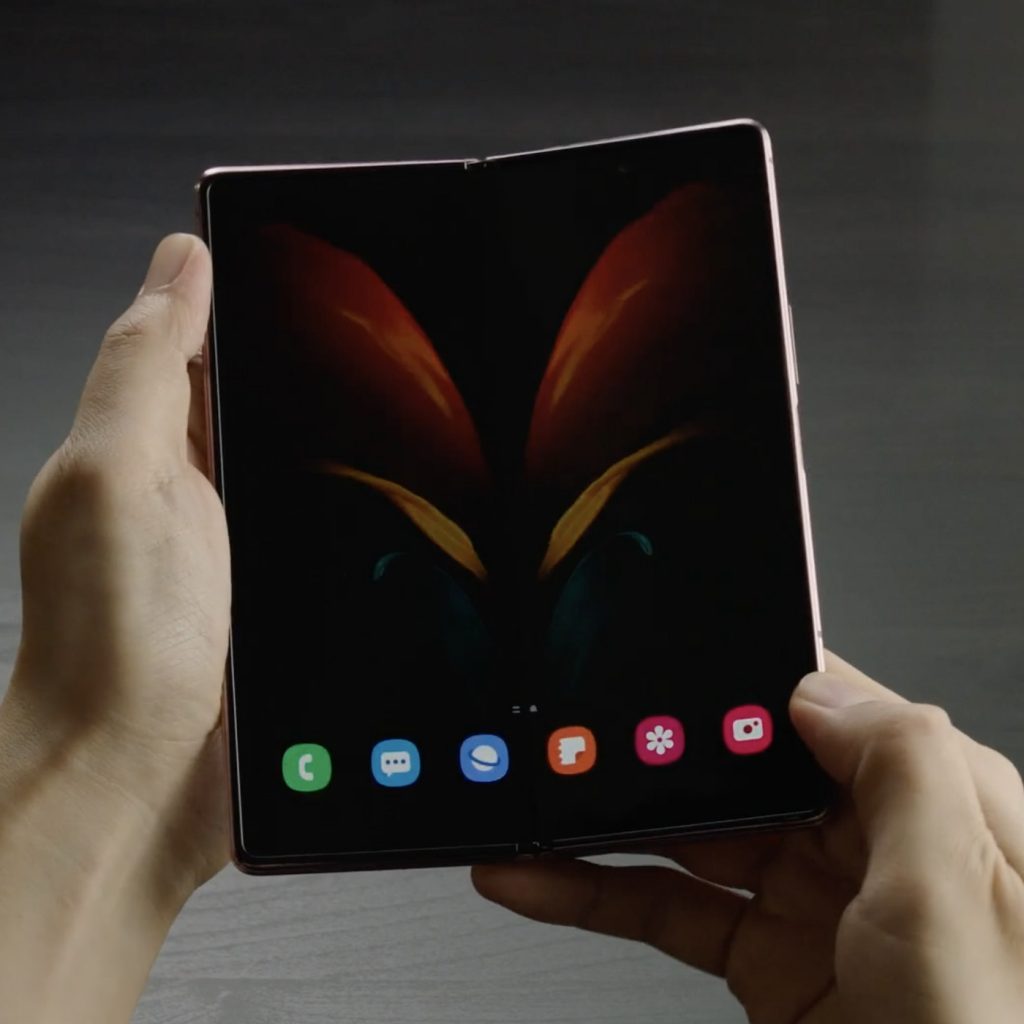
When the Motorola Razr V3 made its debut in 2004 it was the coolest thing since sliced bread. Now, it’s almost 20 years later and it’s Samsung trying their hand at folding and flipping phones.
Samsung is known for making phones that are beautiful and powerful, which is why the introduction of the Galaxy Z Fold2 and Galaxy Flip is so exciting. They have combined their formidable hardware with a bold new design that has managed to impress even the most jaded of tech lovers.
Both phones have a Snapdragon 865+ processor and Octa-Core CPU at their core, an intelligent battery with fast wireless charging capabilities, Dynamic AMOLED capacitive screen, 12MP camera, 4K ultra high definition video, and 256GB internal storage.
Samsung Galaxy S20 series
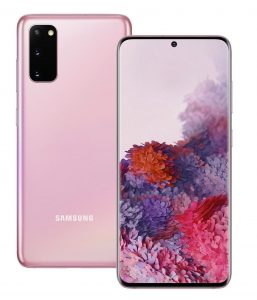
The Samsung S20 smartphones are known for their superior camera performance, cutting edge hardware, and powerful software. This is why many consider them to be Samsung’s best phones and some of the best smartphones currently on the market.
While the combination of high tech and elegant designs already sets them apart from other phones out there, the addition of 5G eSIM connectivity to the Samsung S20, S20 Plus, and S20 Ultra is yet another enhancement to the acclaimed devices.
The recently launched Samsung Galaxy S20 FE also supports the 5G eSIM.
Samsung Galaxy Note20 / Samsung Galaxy Note20 Ultra
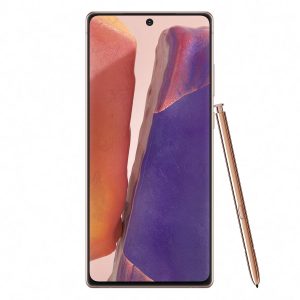
The Samsung Galaxy Note20 and Note20 Ultra combine pioneering hardware, powerful performance, world–class software, and an elegant design into smartphones that streamline your work and personal life by giving you a complete “computer suite in your pocket”.
With a Snapdragon 865+ processor for improved CPU and GPU performance, Intelligent Super-Fast Charging battery, extra–strong Gorilla glass, triple rear-facing and front-facing camera, and an ultra-responsive S Pen, the Galaxy Note20 and Note20 Ultra were designed for productivity.
Whether you use it for work or play, the Note20 series will show you why it has earned elite smartphone status and is one of the best offerings from Samsung to date.
Huawei P40 / Huawei P40 Pro
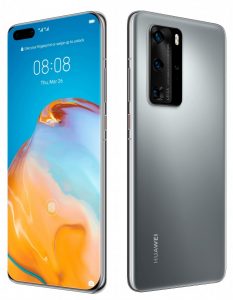
At first glance, the Huawei P40 and P40 Pro will catch your eye because of their gorgeous design (which was inspired by the form and flow of water), but beyond the sophisticated design is devices that take smartphone hardware and performance to spectacular new heights.
This is particularly true for their photographic functionalities.
With a sophisticated quad–camera system, optical telephoto camera, and 4K video recording, it’s no surprise the P40 and 40 Pro are frequently mentioned on lists for the best photography phones.
But don’t let their photographic credentials deceive you into thinking these phones are just for photography enthusiasts – the P40 and P40 Pro are engineered to offer unparalleled performance. A high–performance Kirin 990 5G processor, refined CPU architecture, upgraded systems for longer–lasting battery life, and 5G eSIM functionality ensure it follows through on this promise.
Motorola Razr 5G
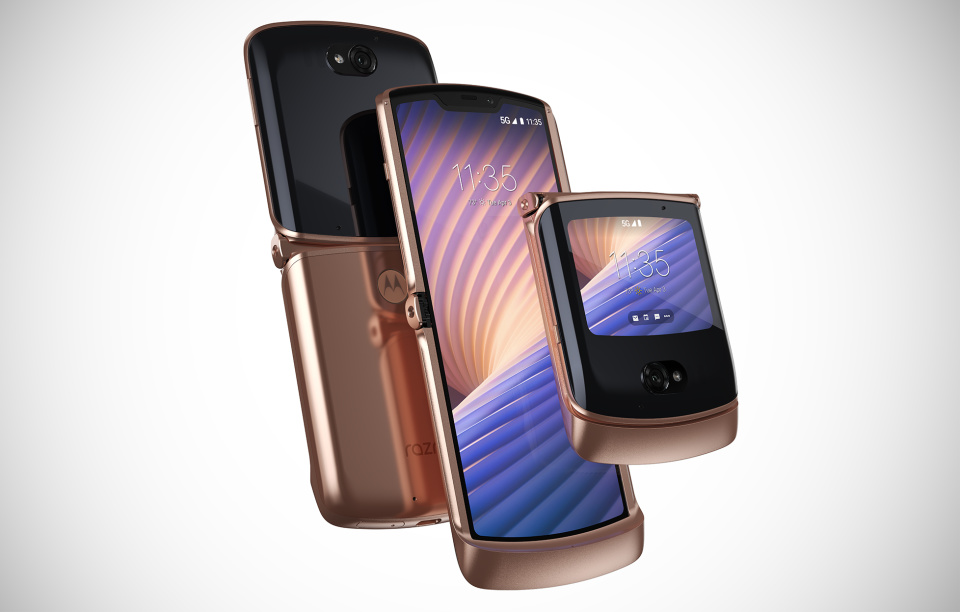
Motorola may not be in the big leagues when it comes to smartphones, but they are known for pushing boundaries when it comes to design, which has earned them respect and admiration from mobile users and device manufacturers alike.
The re-introduction of the Motorola Razr sees them bringing back a fan favorite but with upgrades to the internal hardware and a stylish new design that you can’t help but love.
Along with a 5G eSIM, the Motorola Razr 5G boasts a Snapdragon 765G processor, fast–charging smart battery, 256GB storage, and a 6.2 inch curved glass POLED display. These upgrades transform the Motorola Razr from a fashion accessory into a truly capable smartphone.
Apple iPhone 12
If the rumors are true, the iPhone 12 will be the first phone by Apple to support 5G. Word on the street is that it will also have eSIM capabilities, which means the 5G eSIM is coming to Apple. It is set for release sometime in October 2020 and is said to have four different models in the series.
The new smartphones have, in true Apple style, been shrouded in secrecy, but there are a few things we do know for sure about the next generation of iPhones.
All the devices in the series will have vibrant Super Retina OLED displays and highly anticipated A14 Bionic processors for greater speed. Storage will range from 64GB to 512GB depending on the model and two of the higher end models will have a triple-lens camera.
Google Pixel 5 / Google Pixel 4a 5G
![]()
Two other devices that have created a lot of hype are the Google Pixel 5 and Google Pixel 4a 5G. The Pixel 5 is considered the biggest rival to the iPhone 12 while the Pixel 4a 5G is a variation of the Pixel 4a that was released in October 2020 but with 5G capabilities.
Along with the introduction of a 5G enabled eSIM, the phones also have some impressive specs.
Both phones will boast a powerful SDM765 Snapdragon 765G chipset, Octa-core CPU, and Adreno 620 GPU at their core. On the outside, an OLED display, Corning Gorilla Glass, and fingerprint sensor are all features Google smartphone users have come to know and love that will make a return.
The 5G eSIM is the mobile technology we’ve all been waiting for
The 5G eSIM opens up new frontiers for mobile connectivity and gives users more freedom and flexibility than ever before. You can easily move between networks worldwide without having to visit a store or switch out a SIM card – all it takes is a few quick taps to set up and activate.
Whether you’re a digital nomad, business owner, or a frequent traveler, the allure of this is undeniable. That is what makes the 5G eSIM such a breakthrough product.
It offers all the features you have always wished for but never thought you would actually get.

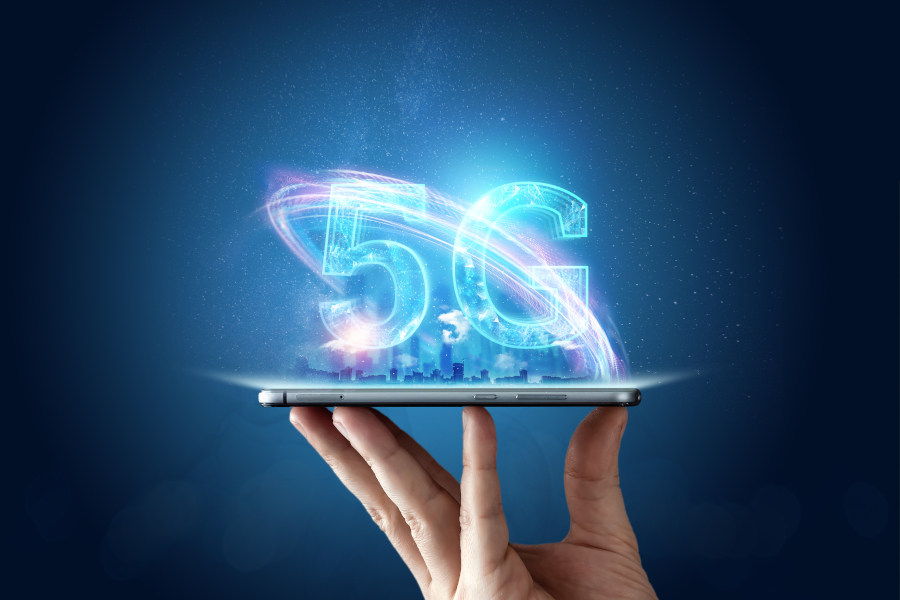








Recent Comments